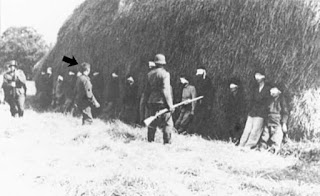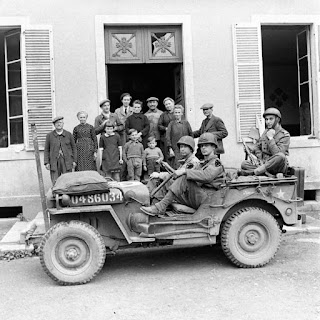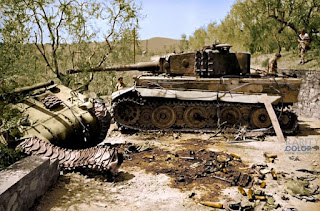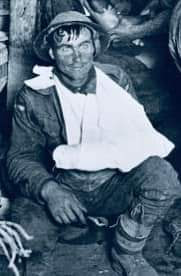The control room of a World War 1 German submarine (UB-110) in 1918.
These photos were taken from a submarine that had been recovered from the bottom of the ocean. Many of the gears and wheels were color coded and some even had numbers to help sailors maneuver them.
In the beginning of World War 1, German U-boats attempted to follow the naval warfare procedures for warring on merchant ships. Since they could not capture the ships, they would surface and alert the merchants, giving everyone onboard an opportunity to evacuate the ship.
Observing this behavior, the allies began arming merchant vessels. The next time a U-boat surfaced and demanded their surrender, the crew onboard would unleash a surprise attack against the exposed U-boat. The Germans retaliated by sinking merchant vessels without warning.
As late as 1942, it was still common for U-boats to provide torpedoed survivors with food, water and directions to the nearest landmass. This practice ended when a U-boat towing lifeboats and flying the Red Cross flag was attacked by a U.S. bomber. The U-boat was forced to cast aside the survivors and dive in order to avoid being destroyed.
For the remainder of the war, the Germans were forbidden to operate under prize rules, and ushered in an era of unrestricted submarine warfare for the remainder of the war.













Comments
Post a Comment